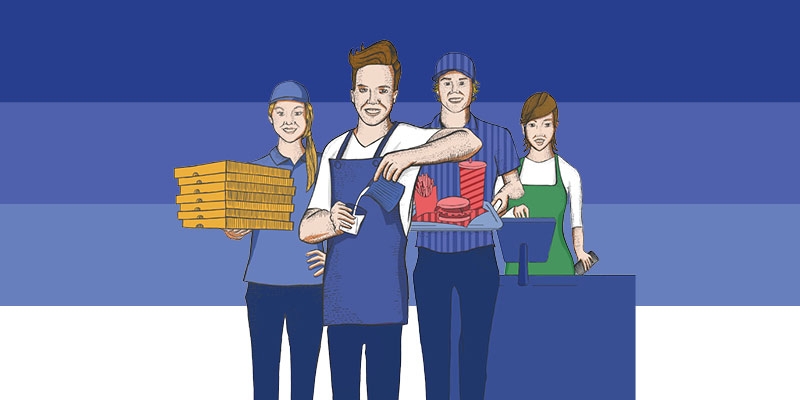Increased sorting could reflect identification with groups that better match our values. Perhaps Republicans and Democrats can’t compromise because their policy preferences are irreconcilable. However, this doesn’t explain why Americans personally dislike political opponents with such intense fervor. U.S. liberals and conservatives not only disagree on policy issues: they are also increasingly unwilling to live near each other, be friends, or get married to members of the other group.
…Now, surprising new research suggests that what divides us may not just be the issues. In two national surveys, political psychologist Lilliana Mason of the University of Maryland measured American’s preferences on six issues such as abortion and gun control, how strongly they identified as liberals and conservatives, and how much they preferred social contact with members of their own ideological groups. Identifying as liberal or conservative only explained a small part of their issue positions. (This is consistent with findings that Americans overestimate the differences in policy preferences between Republicans and Democrats.) Next, Mason analyzed whether the substantial intolerance between liberals and conservatives was due to their political identities (how much they labelled themselves as “liberal” or “conservative”) or to their policy opinions. For example, who would be more opposed to marrying a conservative: a moderate liberal who is pro-choice, or a strong liberal who is pro-life? Across all six issues, identifying as liberal or conservative was a stronger predictor of affective polarization than issue positions. Conservatives appear particularly likely to feel cold towards liberals, even conservatives who hold very liberal issue positions.
…[W]e see that Americans are increasingly divided not just on the issues but also on their willingness to socialize across the political aisle. It is normal that society manifests new social cleavages as it heals old ones. However, when identities are fused with policies that have vast, long-term consequences (e.g., war, taxes, or the Paris Agreement), these divisions imperil our ability to select policies based on their expected outcomes. To paraphrase anthropologist John Tooby, forming coalitions around policy questions is disastrous because it pits our modest urge for truth-seeking against our voracious appetite to be good group members. If Americans slide into seeing all policy debates as battles between Us vs. Them, we stop selecting policies based on their actual content. Ironically, this would lead to choosing policies that don’t match our personal values, because the content and evidence would become less important than the source. In short, seeing politics as a battle may worsen things for everyone.
Once again, politics makes us into worse people.





